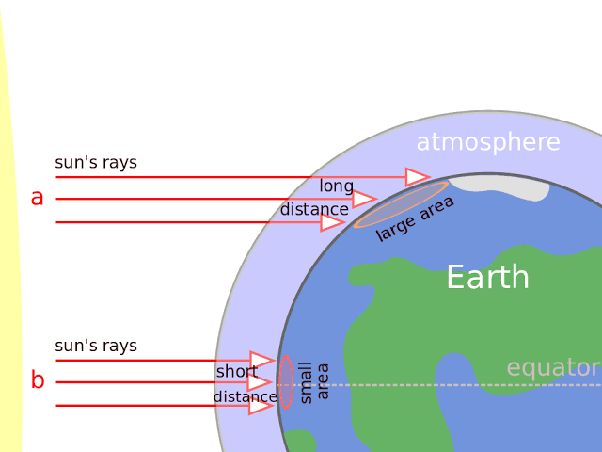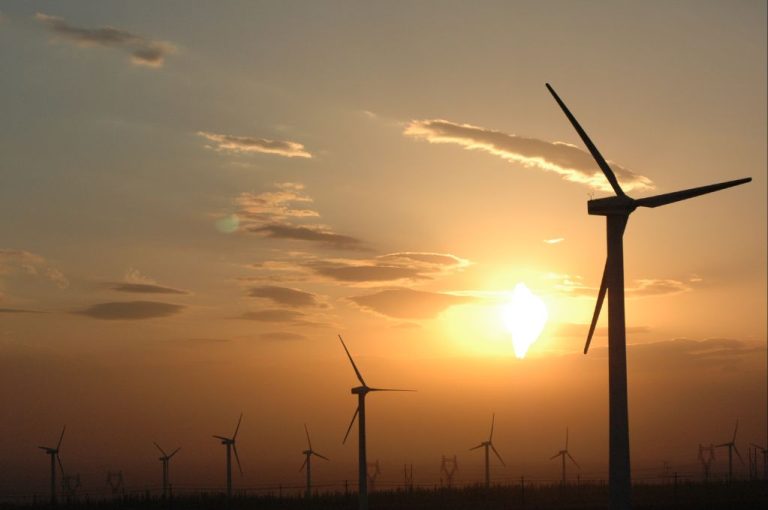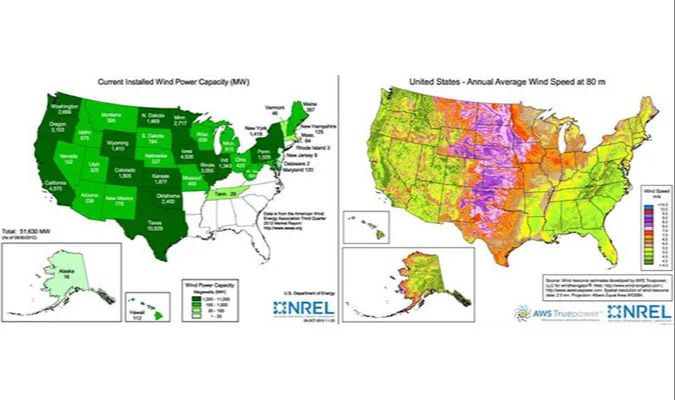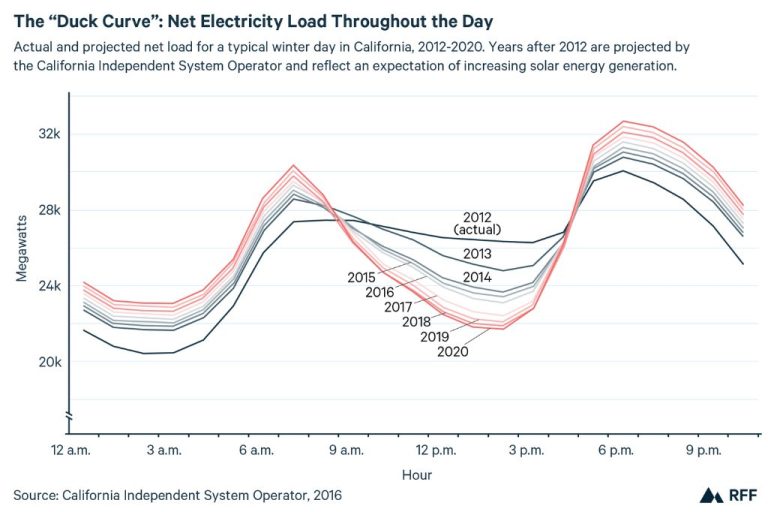What Category Of Energy Is Blowing Wind?
Wind energy is a clean, renewable source of energy that is used to generate electricity and power homes, buildings, and businesses. Wind power comes from the wind currents created by the sun’s uneven heating of the earth’s atmosphere and the earth’s rotation. Wind energy is a form of solar energy since the sun is required to create the wind currents. When wind hits the turbine blades, they spin, converting the wind energy into mechanical energy. This spins the generator to create electricity. The use of wind power to generate electricity has increased significantly in recent years as an environmentally friendly energy alternative.
Wind power is considered a green energy source, as it does not produce air or water pollution, generate greenhouse gases or require the use of water during electricity generation. Wind turbines typically have a lifespan of around 20-25 years. Wind farms can be built on land or offshore in bodies of water.
Wind Energy Basics
Wind is a renewable energy source that will never run out. Unlike fossil fuels which take millions of years to form, wind is continuously replenished and will be available as long as the sun shines and heats the earth. Wind power is converted into electricity by wind turbines, which use the kinetic energy of moving air to spin large blades connected to a generator. The wind flows over the blades and causes them to rotate, converting the wind’s kinetic energy into mechanical power which then spins magnets around a coil to generate electricity.
Wind energy is a clean and sustainable energy source that does not generate greenhouse gas emissions or toxic pollutants. Wind turbines operate emission-free once constructed, making wind power a much more environmentally friendly option compared to fossil fuels. The expansion of wind energy can help reduce a region’s carbon footprint and meet climate change goals. Overall, wind is a naturally occurring, abundantly available resource that can provide renewable, low carbon electricity generation.
Wind Energy Generation
Wind turbines convert wind energy into electricity through a process called wind power generation. When the wind blows, the turbine’s blades spin around a rotor which turns a generator to produce electricity. The electricity is then fed into a transformer to increase the voltage, allowing it to travel through the electric grid for everyday use in homes, businesses, schools, and other facilities.
Modern wind turbines contain the following key components:
- Rotor blades – The blades capture the wind energy and transmit it to the rotor.
- Rotor – The rotor spins when the blades capture wind energy.
- Gearbox – The gearbox increases the rotational speed from the rotor to drive the generator.
- Generator – The generator uses electromagnetic induction to convert the rotational energy into electrical energy.
- Nacelle – The nacelle houses the gearbox, generator, brakes, and other components at the top of the tower.
- Tower – The tower supports the turbine and its components high up where stronger winds blow.
- Transformer – The transformer increases the electricity to high-voltage for transmission.
By optimizing the design of these components, today’s wind turbines can efficiently harness the power of the wind to generate clean, renewable electricity. The electricity feeds into the grid, powering homes and businesses with an emissions-free energy source.
Wind Energy Capacity
Wind power capacity has grown rapidly in recent decades. Globally, total installed wind power capacity reached 743 GW by the end of 2019. The wind power capacity has grown at an average annual growth rate of 10.9% between 2009-2019.
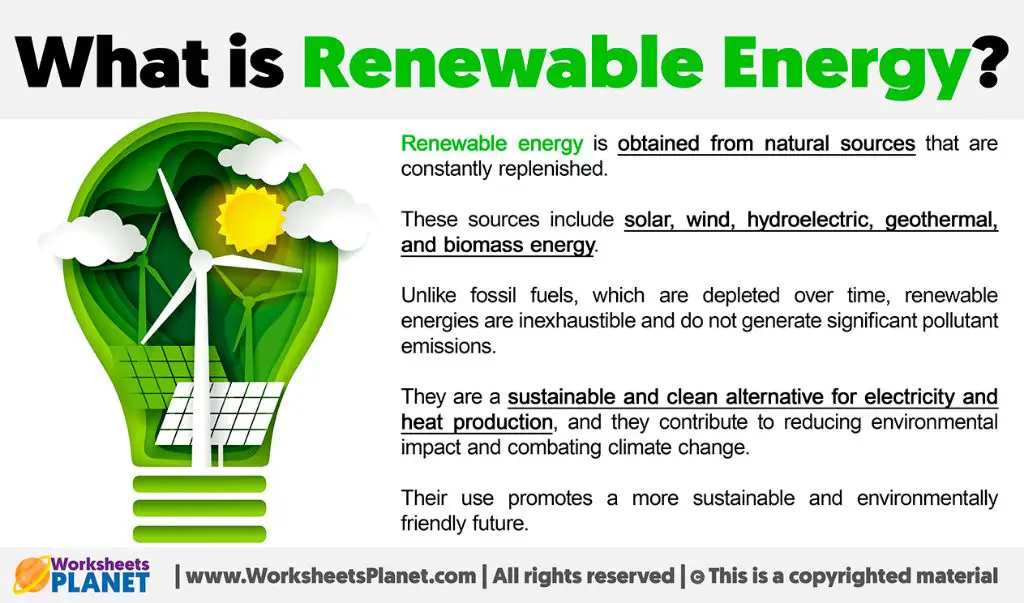
China leads the world with over 236 GW of installed capacity in 2019. The United States ranks second with over 105 GW. Countries like Germany, India, Spain and the UK also have significant wind power capacity between 50-60 GW each.
Projections indicate that wind power capacity will continue to grow at over 5% per year globally through 2024, led by growth in Asia, Europe and North America. Total global wind power capacity is expected to reach nearly 1,200 GW by 2024.
In the United States, wind power capacity grew from 25 GW in 2009 to over 105 GW by 2019. The U.S. is projected to reach nearly 150 GW of wind power capacity by 2024. Several U.S. states now get 10-30% of their electricity from wind power. Texas leads the nation with over 27 GW installed. Other top states include Iowa, Oklahoma, California and Kansas.
Wind Energy Pros
Wind energy offers several key advantages as a source of renewable power. First, wind is a clean energy source that does not emit greenhouse gases or other air pollutants. Unlike fossil fuel plants, wind farms don’t produce carbon dioxide, nitrogen oxides, sulfur dioxide, mercury, soot, or particulates that can cause smog, acid rain, respiratory illness, and climate change.
Second, wind power is increasingly cost-competitive with traditional energy sources like coal and natural gas. The cost of wind turbines and installed wind projects has declined substantially in recent decades. In many areas, wind is among the most affordable options for new electricity generation. This makes wind an appealing choice for utilities, businesses, and policymakers focused on low rates.
Third, wind energy enhances energy independence and security. Wind turbines use a free, domestically available resource, so they reduce our dependence on imported fossil fuels vulnerable to price volatility. Situating wind farms locally also decentralizes the power supply so it’s not reliant on vulnerable transmission infrastructure. This allows communities to take control of their energy future.
Wind Energy Cons
While wind energy has many benefits, there are some potential drawbacks and challenges to consider as well:
Intermittent Source
Wind is an intermittent energy source, meaning it is not available at all times. The wind tends to blow stronger at night rather than during the day, and there are seasonal variations as well. Therefore, wind power can have periods of inactivity when energy generation is lower.
Potential Impacts on Birds and Wildlife
Wind turbines can potentially affect birds and bats that may fly into the rotating blades. Proper site selection and turbine design can help minimize impacts. There are also some concerns that wind farms may negatively impact the habitat for certain species.
Aesthetic Impacts
Some people feel that wind turbines can be an eyesore, spoiling the natural landscape visually. There are also potential noise pollution issues from the mechanical operation. Proper siting away from residential areas can help mitigate these concerns.
Wind Energy Policies
Governments around the world have implemented various policies to encourage the growth of wind power. These incentives help spur investment in wind energy development and expand the use of renewable energy.
Some common wind power policies include:
- Renewable Portfolio Standards – These require electric utilities to source a certain percentage of their electricity from renewable sources like wind. Many U.S. states have enacted RPS policies with targets ranging from 10% to 100%.
- Production Tax Credits – The U.S. federal PTC provides a per kilowatt-hour tax credit for electricity generated by qualified renewable sources like wind farms. This helps reduce the cost of wind power.
- Feed-in Tariffs – FITs guarantee long-term payments for renewable electricity fed into the grid. FITs have successfully driven wind power growth in countries like Germany, Spain, and China.
- Renewable Energy Certificates – RECs are tradable credits for renewable energy generation. REC markets provide additional revenue for wind farm operators.
- Direct Subsidies – Many governments provide direct subsidies, grants, and loans to support wind power projects and manufacturing.
Beyond national policies, states, provinces, and cities have also set renewable energy and wind power goals through legislation and regulations to transition away from fossil fuels. For example, over 100 U.S. cities have committed to 100% renewable energy targets. Government policies continue to be a key driver enabling the rapid growth of wind power worldwide.
Wind Energy Industry
The wind energy industry has seen tremendous growth over the past decade. Major players in the wind energy industry include companies like Vestas, Siemens Gamesa Renewable Energy, General Electric, Nordex Acciona, and Enercon.
Vestas leads the industry and has installed over 60,000 wind turbines across 80 countries. The Danish company manufactures, installs, and services wind turbines. Siemens Gamesa Renewable Energy, headquartered in Spain, is another major manufacturer and installer of wind turbines globally.
The wind energy industry continues to expand globally. According to the Global Wind Energy Council, over 60 GW of new wind power capacity was added in 2017, bringing total global capacity to over 539 GW. Wind power has become one of the most widely used renewable energy sources worldwide.
In the United States, wind power capacity has more than doubled in the past decade. The American Wind Energy Association reports over 105 GW of installed wind capacity in the U.S. as of 2021. Texas leads the nation in wind power capacity followed by Iowa, Oklahoma, Kansas, and California. The U.S. wind industry continues to grow steadily with over 120 GW of wind capacity expected by 2025.
Wind Energy Potential
Wind power has enormous potential as an energy source of the future. In most parts of the world, wind speeds are sufficient for electricity generation. According to the Global Wind Energy Council, wind power could supply over 40 times total current global energy demand by 2050. However, only a fraction of this potential has been tapped so far.
There are several barriers to fully adopting wind power. The intermittent and variable nature of wind makes it challenging to integrate large amounts of wind power into the grid. The best wind resources are often located far from transmission infrastructure and population centers. Wind power also faces public opposition in some areas due to concerns over visual impact and noise.
Nevertheless, new technologies are helping address these barriers. Advances in forecasting tools, grid management, and storage solutions are making it easier to balance the variability of wind power. New turbine designs, taller towers, and floating offshore platforms are allowing wind farms to access higher, more consistent wind speeds. Emerging innovations like airborne wind power could further expand wind’s potential.
With supportive policies, rapid technology improvements, and suitable investments, wind energy is poised for massive growth globally. Some projections estimate wind could supply up to 50% of the world’s electricity by 2050. Realizing the immense possibilities of wind could significantly advance the transition to renewable energy.
Conclusion
In conclusion, wind power offers a renewable and clean source of energy that can help mitigate climate change and reduce dependence on fossil fuels. Key points about wind power include:
- Wind is a form of solar energy caused by the uneven heating of the atmosphere by the sun, the rotation of the Earth, and surface irregularities.
- Wind turbines convert the kinetic energy in wind into mechanical power that can generate electricity.
- Global wind power capacity has increased rapidly to over 650 GW and is still rising quickly, especially in Asia.
- Wind energy produces no air or water pollution, but does have some environmental impacts like bird deaths.
- Wind power is cost competitive with fossil fuels and nuclear in many places.
- Wind energy could potentially supply over 40 times total global energy demand.
- Policies like renewable targets and carbon pricing can enable further growth of wind power.
In summary, wind energy is a promising renewable source of electricity that is scalable, sustainable, and increasingly cost effective. With the right policies, it can become a major pillar of a clean energy future.

